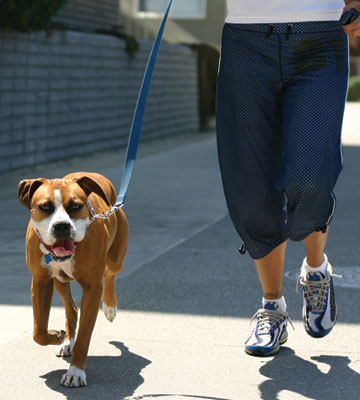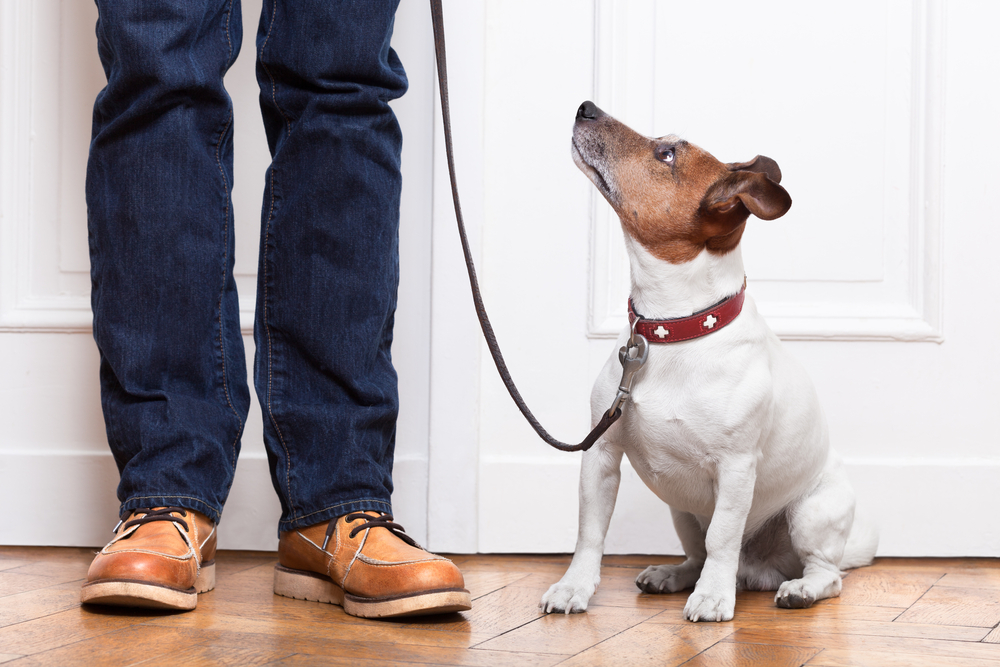She developed balance issues about six months ago, starting with a tendency to lean to the right that slowly developed into not being able to stand unassisted. The vet thought it was caused by a tumor somewhere along her spinal cord or perhaps in her brain. She was eleven years old and I didn't want her last months to be full of tests and procedures, so we just kept her comfortable and helped her around as best we could.
She was so brave and determined, right up to the end, but finally the falls became too frequent and my helping guiding hand was not enough. I saw her become depressed and lethargic. Life was just too hard.
It's a terrible and painful thing to arrange to have your dog put to sleep. A lot of my friends reminded me that it's the last kind thing we can do for our pets, giving them a comfortable death rather than letting them suffer longer. And I know that's true. Josie trusted me with every aspect of her life care, and now I had to make this last, hardest, best choice for her.
The day I chose her at the animal shelter, all those years ago, I held her in my arms as the technician injected a microchip into her neck. She gave a loud yelp, and I told her she was very brave and it was over, and she was mine now. I remember her wagging tail. We were officially a team.
She was never much of a cuddler. She was more a dog of action. She'd rest her chin on my lap so I could rub her ears, but mostly it was a bid to get my attention so we could play. Or perhaps it was mealtime, or time for a biscuit. So I always treasured any time when she would let me really get in there for a good snuggle. The best times were when I'd throw some blankets and pillows on the living room floor and we'd make a cozy nest and watch movies. Well, I'd watch movies. Josie was there for the popcorn. She'd lie alongside my outstretched legs and we'd be lazy layabouts together.
Now I held her in my arms again as the vet gave her a different shot; the one that would send her into a deep sleep and eventually stop her heart. She gave another yelp and burrowed deeper into my arms and lap, knowing I would protect her like I always did. I told her how much I loved her, how it was okay, she was the best dog ever. I sang to her a bit, and did my best not to get too emotional so she wouldn't worry. And she got heavier in my arms and her breathing slowed, until finally the vet said that she was gone.
I haven't felt right since. Some days everything seems fine, and then suddenly my nose will start to sting, my cheeks will get hot, and tears will start. I talk to her and try to explain how I'll be all right, but it takes time to get used to missing her.
A deep love, a deep loss. You were the best dog, Josie. I love you.







